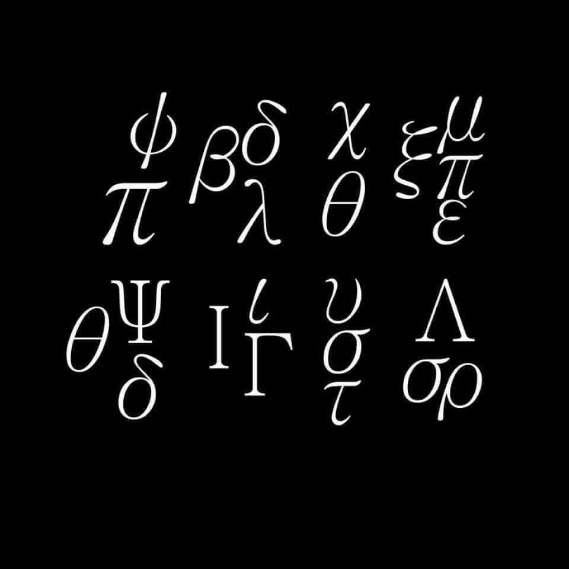From the time I started learning Chinese more than half a century ago, I had a hard time lining up the many Chinese terms for different types of citrus with the corresponding words in English. For example, I always wanted to call oranges "júzi 橘子", but it is technically (botanically) more correct to call them "chéngzi 橙子". As for what júzi 橘子 should be called in English, they are, well, "mandarins" or "mandarin oranges". Ahem! As L said in this comment several years ago, "…in NZ, any small, peelable orange is a mandarin! And would never be considered an orange." (From "Really?!" [12/27/16]).
Then there are tangerines, clementines (cuties), and satsumas, just among closely related varieties of citrus fruits, and I won't begin to get into grapefruit, pomelo, yuzu, citron, bergamot, kumquat, tangelo, kabosu, orangelo, hyuganatsu, rangpur, sudachi, kawachi bankan, etc., etc., and dozens of other types. My old friend, the late Elling Eide (1935-2012), a specialist on Li Bo (701-762) had a grove on his estate in Sarasota, Florida where he cultivated about fifty different types of citrus fruits. What a joy it was to walk through the grove and sample tree-ripened mandarins, tangerines, clementines, grapefruits, pomelos, and all manner of other citrus to satiety!
Be it should be noted that Elling could have all that richness of citrus because Sarasota has a humid subtropical climate bordering a tropical savanna climate, with an average of only one frost per year and rarely drops below freezing (which nonetheless always concerned Elling greatly).
But now we must turn to the main thrust of this post, which is a discussion of the etymology of gān 柑, another name for mandarin(e) (orange), often appearing in the disyllabic form gānjú 柑桔, which includes several closely related subspecies.
Read the rest of this entry »


